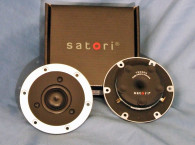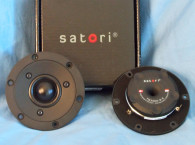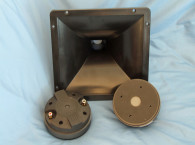For this Test Bench, SB Acoustics sent another version of its high-end 29mm diaphragm tweeters, the SB29SDNC-C000-4, with a neodymium motor and coated cloth dome diaphragm (Photo 1). Features include a compact 72mm diameter injection-molded face plate, a shielded neo motor (bucking magnet to increase Bl), a copper cap shorting ring (Faraday shield) on the pole piece, internal pressure equalization, and a flow resistor for non-resonance cavity coupling, a CCAW voice coil winding, a large surround, and silver lead wires.

Testing commenced using the legacy LinearX LMS analyzer to produce the 300-point impedance sweep illustrated in Figure 1. The resonance occurs at a low 607Hz. With a 3.08Ω DCR (Re), the minimum impedance for this tweeter is 3.3Ω at 2.87kHz.
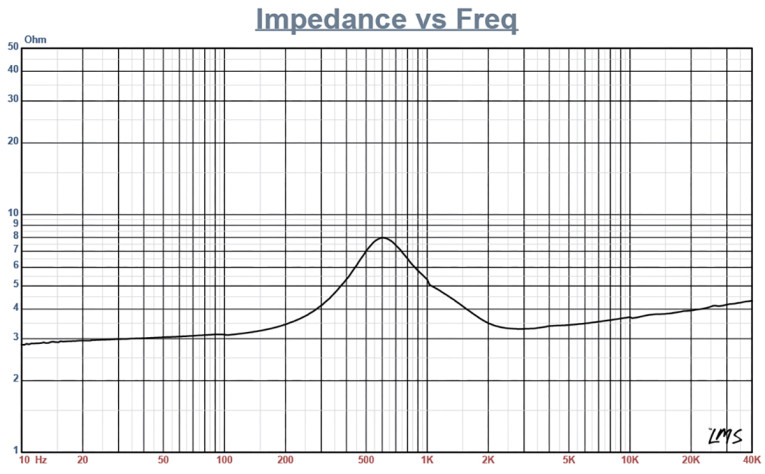
Following the impedance testing, I recess-mounted the SB tweeter in an enclosure with a baffle area of 12”×6.5” and measured the on- and off-axis frequency response, using the Loudsoft FINE R+D analyzer (courtesy of Loudsoft) and the GRAS 46BE ¼” microphone (provided by GRAS Sound & Vibration). I set up the equipment to measure the 200Hz to 40kHz frequency response (using a 192kHz sampling rate) at 2V/0.5m, normalized to 2.83V/1m, acquiring data with sweeps at 0°, 15°, 30°, and 45°.
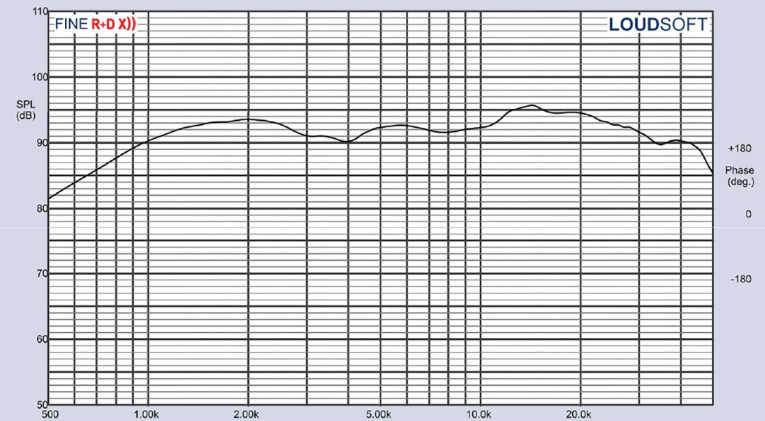
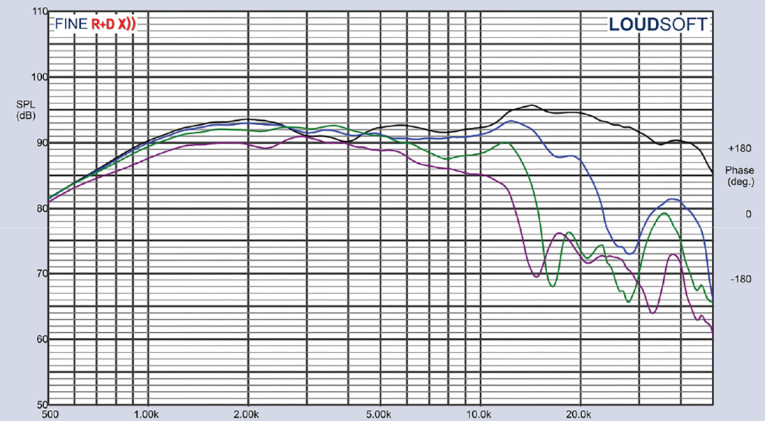
Figure 2 shows the on-axis response of the SB29SDNC-C000-4, which measured ±2dB from 950Hz to 12kHz and ±3dB 950Hz to 40kHz. Figure 3 gives the on- and off-axis response of the SB29SDNC cloth dome tweeter. Figure 4 shows the off-axis curves normalized to the on-axis response.

Figure 5 shows the CLIO 180° polar plot (measured in 10° increments with 1/3 octave smoothing). And, the two-sample SPL comparison is illustrated in Figure 6, indicating the two samples were closely matched to within 0.5dB to 1dB throughout its operating range to 40kHz.

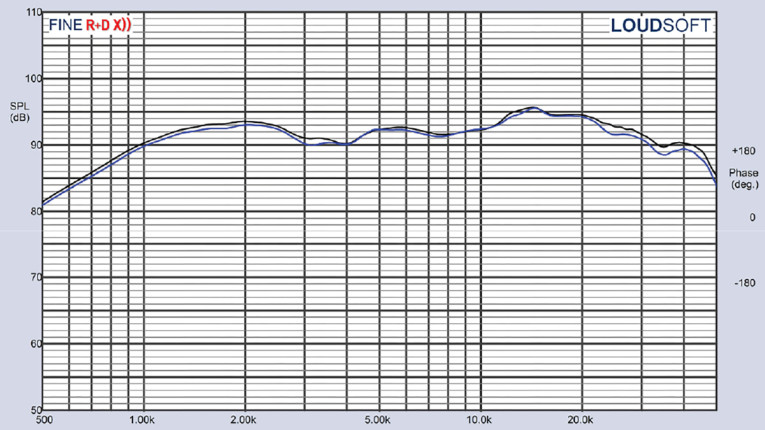
Next, I initialized Listen’s SoundCheck AudioConnect analyzer along with the Listen SCM-2 ¼” microphone (all provided courtesy of Listen, Inc.) to measure the impulse response with the tweeter recess mounted on the same test baffle. Importing this data into the Listen SoundMap software produced the cumulative spectral decay (CSD) or “waterfall” plot shown in Figure 7. Figure 8 uses the same impulse response to produce a Short Time Fourier Transform (STFT) displayed as a surface plot.


For the last SoundCheck test protocol, I set the 1m SPL to 94dB (2.77V) using a noise stimulus and built-in SLM to measure the second and third harmonic distortion with the microphone placed 10cm from the dome diaphragm, which is depicted in Figure 9.

The build quality of the SB Acoustics line is appropriate to the high-end two-channel, home theater, or studio monitor market. It’s also a given that Frank and Ulrik at Danesian Audio complete numerous iterative listening sessions to the various iterations of a driver as they go through the design process, so I expect that this high-frequency device performs admirably, which can pretty much be said of all of the Danesian designs produced by SB Acoustics. For more information, visit www.sbacoustics.com. VC
This article was originally published in Voice Coil, July 2023.




